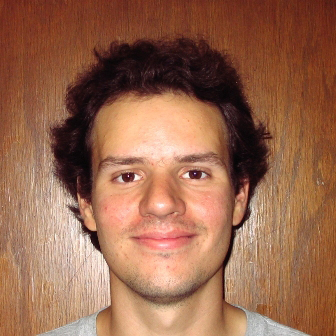
Michael C. Veres, graduate student, will defend his doctoral degree dissertation, "Atmospheric Response to North Atlantic SST Anomalies in Idealized GCM Experiments for Boreal Spring" at 11 a.m., July 14 in 104 Bessey Hall on UNL's City Campus.
His adviser is Qi S. Hu. His abstract:
A series of numerical experiments using the NCAR CAM model with idealized sea surface temperatures (SST), continents, and orography are conducted to examine how the SST variations in the North Atlantic Ocean, resembling the Atlantic Multidecadal Oscillation (AMO), may affect the circulation and precipitation in North America. Three sets of experiments are designed with an increasingly realistic surface boundary, i.e., from an aqua-planet, to continents without orography and, finally, to continents with major orography, and run under the perpetual spring equinox condition. For each set of experiments, three model runs are made with a zonally symmetric SST distribution, a warm and a cold SST anomaly in the North Atlantic region, respectively. Results of these experiments are compared to gain understanding of how the SST anomalies change the atmospheric circulation and precipitation and how such influence is altered by continents and major orography.
It is found that there are strong nonlinearities in how the atmosphere responds to the warm and cold North Atlantic SST anomalies. During the warm SST, there are strong responses in circulation in the Northern Hemisphere and precipitation over North America. When continents are included in the model, these responses are generally enhanced. Orography, on the other hand, acts to slightly weaken the previous forced responses. In contrast, the mid-latitude response to the cold SST anomaly is far weaker. It is found that the continents are forcing strong mid-latitude responses in both circulation and North American precipitation. However, orography interferes with the continent effect, altering the response to the cold SST anomaly. These complex interactions between the SST anomalies, continents and orography produce the boreal spring patterns of circulation and precipitation similar to the observed in previous studies of the AMO.